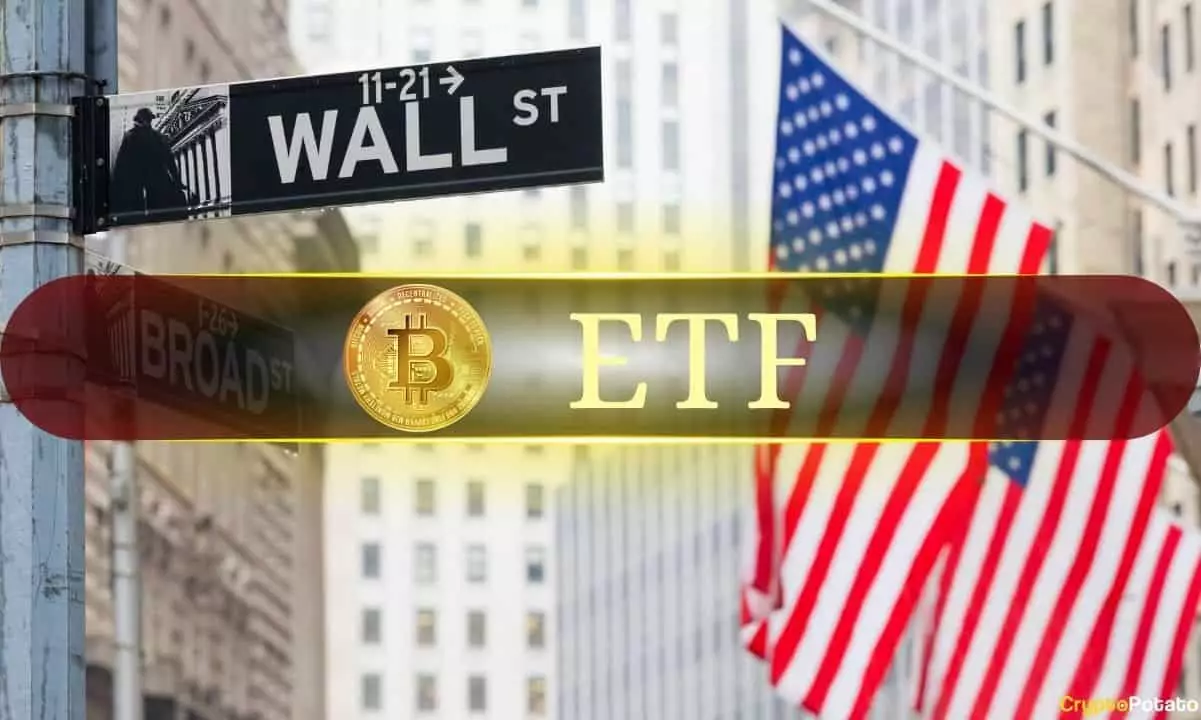The cryptocurrency landscape is often characterized by its volatility and rapid shifts in investor sentiment. As we examine the performance of Bitcoin exchange-traded funds (ETFs) in the U.S. during February 2025, it becomes apparent that the once-enthusiastic demand has significantly waned. This article delves into the reasons behind this decline, the implications for Bitcoin and cryptocurrency investments, and contrasts with Ethereum’s comparatively stable performance in the same timeframe.
The enthusiasm that greeted the launch of 11 spot Bitcoin ETFs in January 2025 seems to have faded considerably. Initially, investors eagerly transitioned their funds from the Grayscale Trust into these newly minted ETFs like BlackRock’s IBIT and Fidelity’s FBTC. This outpouring of support reflected a renewed interest in Bitcoin, buoyed by expectations of robust returns. However, these early signs of excitement have not translated into sustained momentum. The market has since shifted, particularly noticeable during the sluggish summer months. This stagnation has only intensified following the recent U.S. elections, creating a stark contrast with the pre-election optimism when tighter regulations seemed likely to loosen.
The political climate plays a crucial role in shaping investor sentiment. President Trump’s contentious stance on various issues, from international trade tariffs to military interventions, has left many investors feeling uncertain. The reticence in the U.S. government’s stance towards cryptocurrencies has dampened enthusiasm, as individuals look for clarity and assurance before committing significant funds. The erosion of bullish sentiment is starkly illustrated by the widespread withdrawal trend from Bitcoin ETFs, underscoring the direct correlation between regulatory expectations and investor actions.
In February, a month generally associated with positive momentum for Bitcoin’s price performance, the market witnessed a startling contrast. Only four days out of the entire month—February 4, 5, 7, and 14—showed net inflows, suggesting that recent market conditions have not lived up to prior aspirations.
Besides the understated investment returns, the statistics associated with Bitcoin ETFs amplify the trend of declining demand. Notably, February 20 marked a particularly severe day, with an astonishing $364.8 million withdrawn from these funds. Even IBIT, the largest Bitcoin ETF globally, saw significant outflows totalling $112 million. Cumulatively, Bitcoin ETFs have witnessed a staggering $1.1 billion in net outflows since February 6, signaling what may be the most detrimental month for these investment vehicles since their inception over a year ago.
This data does not merely suggest a fleeting dip; it indicates a profound shift in market dynamics for Bitcoin ETFs. Investors are acting decisively, opting to retract their investments during adverse market conditions rather than ride the storm, signaling a lack of faith in future price recovery.
While the sentiment surrounding Bitcoin ETFs has reached a critical low, the performance of Ethereum ETFs tells a different story. Though Ethereum-based products also witnessed some withdrawals, the volume was considerably less, with only $22 million drawn out over the last week. Unlike Bitcoin ETFs, Ethereum ETFs had recorded a promising trajectory with just four days in the red so far this February. Moreover, there was a notable spike in investments following February 4, with $307.8 million pouring into Ethereum ETFs, reinforcing Ethereum’s reputation as a relatively more stable alternative.
Despite the shaky sentiments surrounding Bitcoin, Ethereum has demonstrated a resilient character, which may indicate a shift in investor preferences. This divergence could imply that, while Bitcoin remains the flagship cryptocurrency, investors are now hedging their bets with Ethereum as a more stable option.
The demand for Bitcoin ETFs has experienced a sharp and alarming decline in recent weeks, challenged by a turbulent political climate and shifting regulatory expectations. Investors are becoming increasingly wary, reflecting broader market sentiments that suggest a lack of faith in the short-term viability of Bitcoin as an investment. As Ethereum continues to perform better comparatively, the cryptocurrency market may see investors reevaluating their positions, potentially leading to a more diversified and cautious investment strategy moving forward. With the regulatory landscape still uncertain, both Bitcoin and Ethereum’s futures could remain unpredictable, reinforcing the need for careful navigation in this volatile ecosystem.

